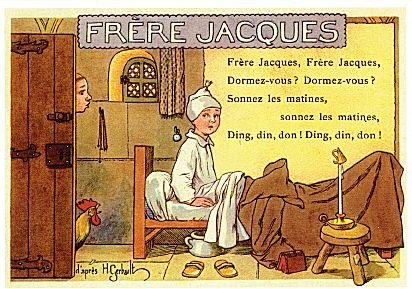Sergei Rachmaninoff was a great Russian composer. He lived during the Romantic Era and the Twentieth Century, and is an example of both era's compositional trends. In 1901 he composed Piano Concerto No. 2 (opus 18).
Piano Concerto No. 2 by
Rachmaninoff
http://www.youtube.com/watch?v=bAK2J05Vmhc Eric Carmen borrowed Rachmaninoff's theme and composed the pop hit "All By Myself" which was made famous by the Canadian singer Celine Dion.
"All By Myself" by Eric
Carmen, performed by Celine Dion
John Lewis did the same with JS. Bach's composition Prelude No. 16 in G minor. John Lewis turns the 18th Century piece into a jazz composition titled "One Diamond"
Chapter 7: the Role of the Conductor
The conductor is the leader of the orchestra, band, choir, or other performing group.
Eugene Ormandy, the conductor of the famous Philadelphia Orchestra loves to conduct Johann Strauss II's waltzes, such as the "Blue Danube Waltz". It lends itself to conducting with rubato, which is the free treatment of tempo(speed) within a musical phrase.
http://www.youtube.com/watch?v=eSulONzgewQ
Marin Alsop was one of very few female conductors. She was the conductor of the Colorado Symphony Orchestra. She received the Barrier Breaker Award for achieving the position of conductor of a major symphony, in this male dominated world.

